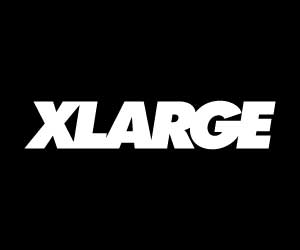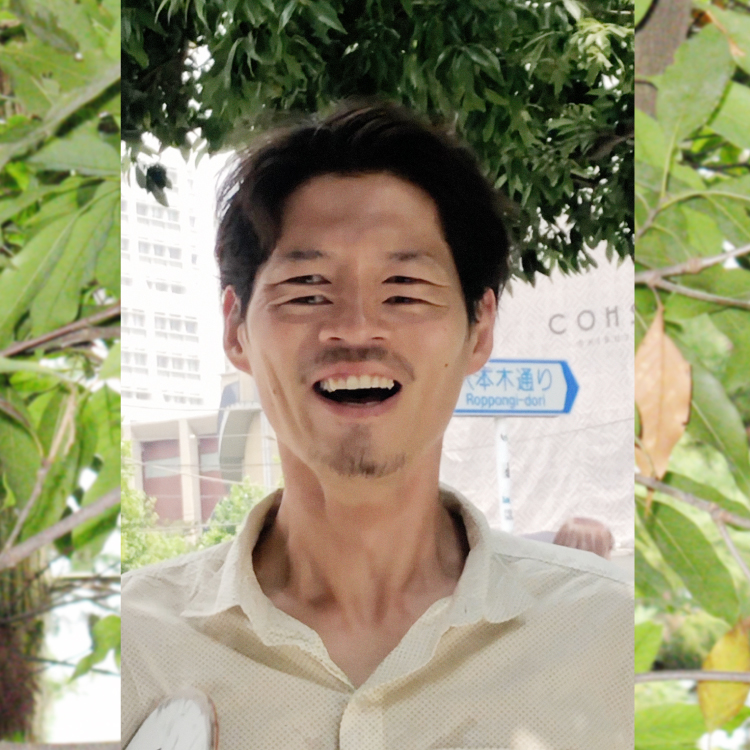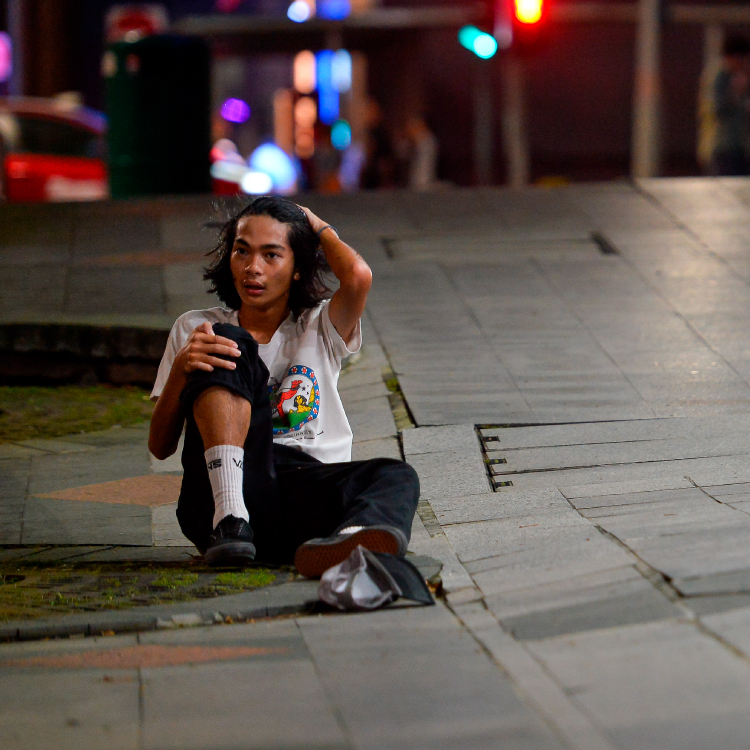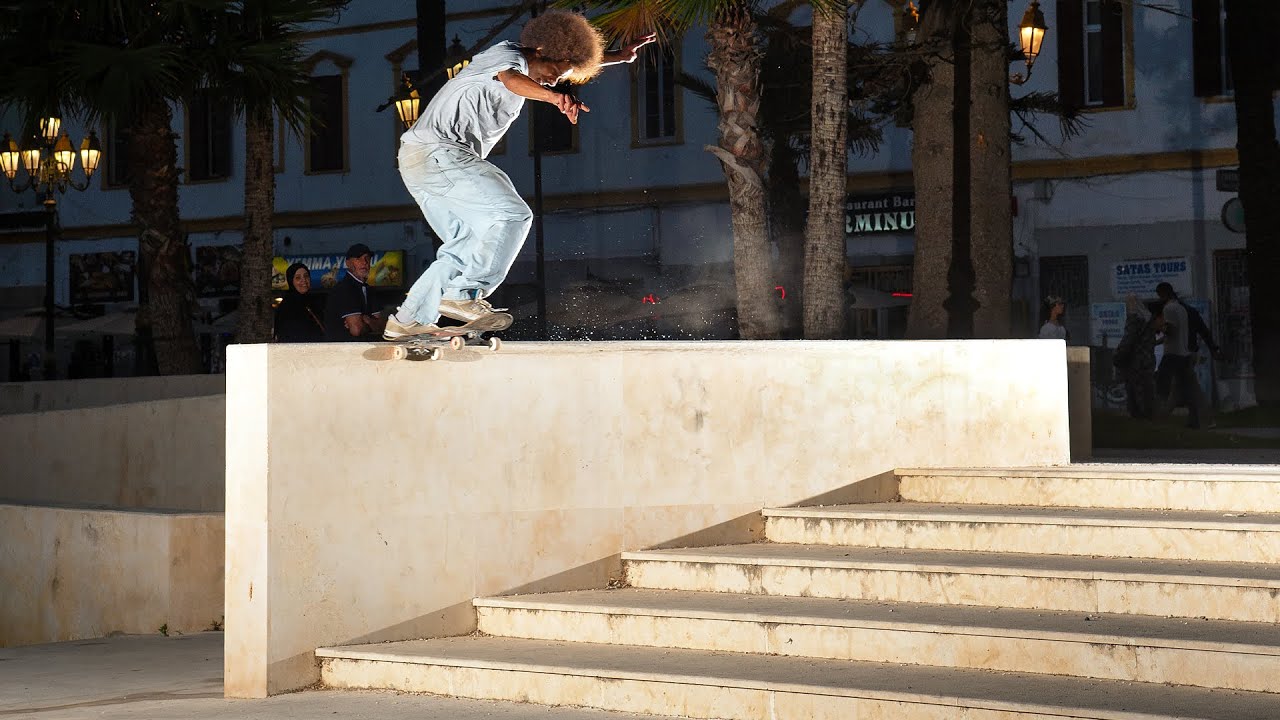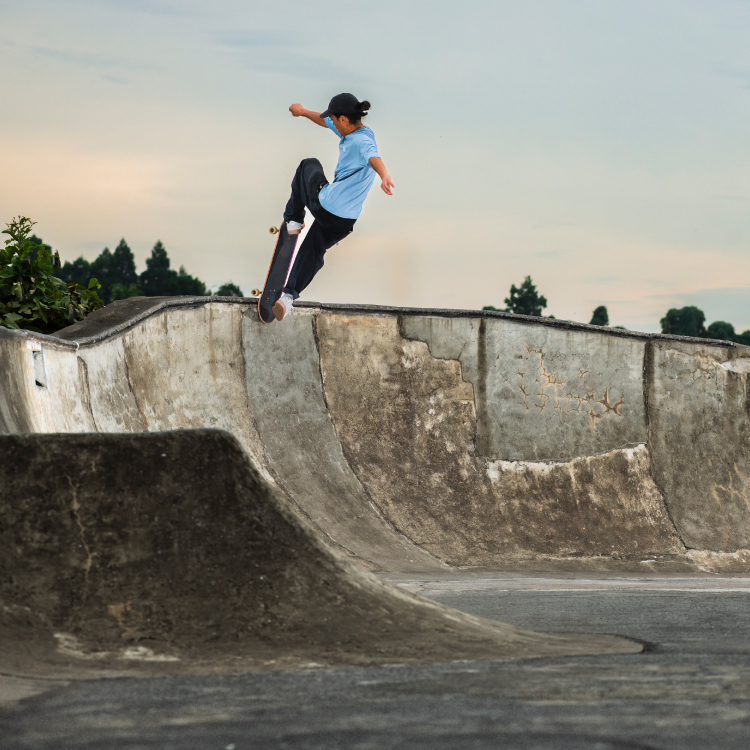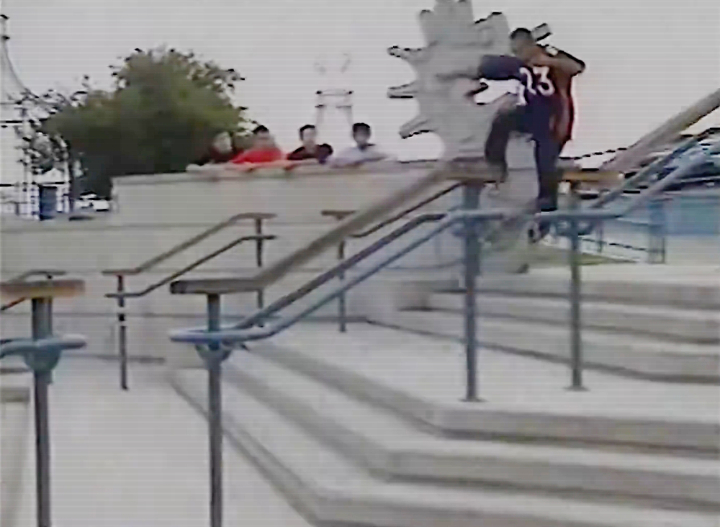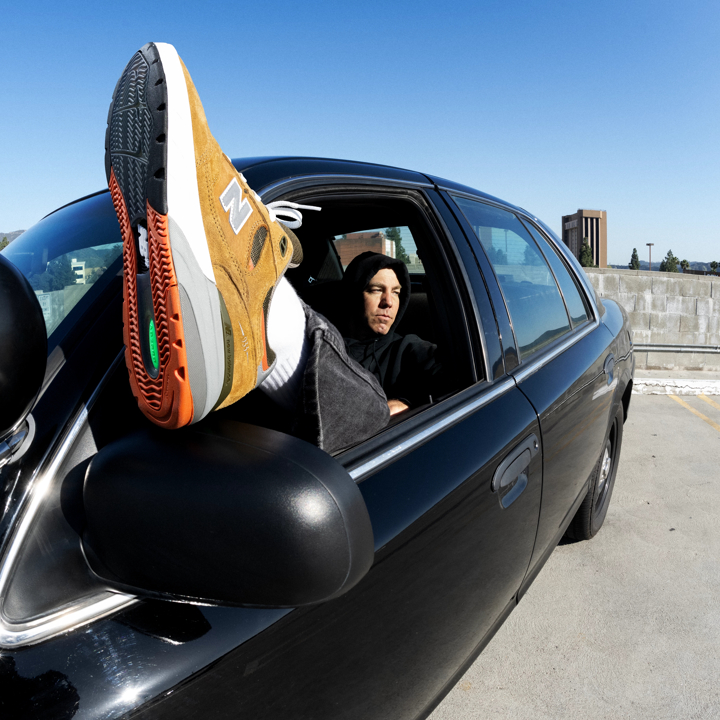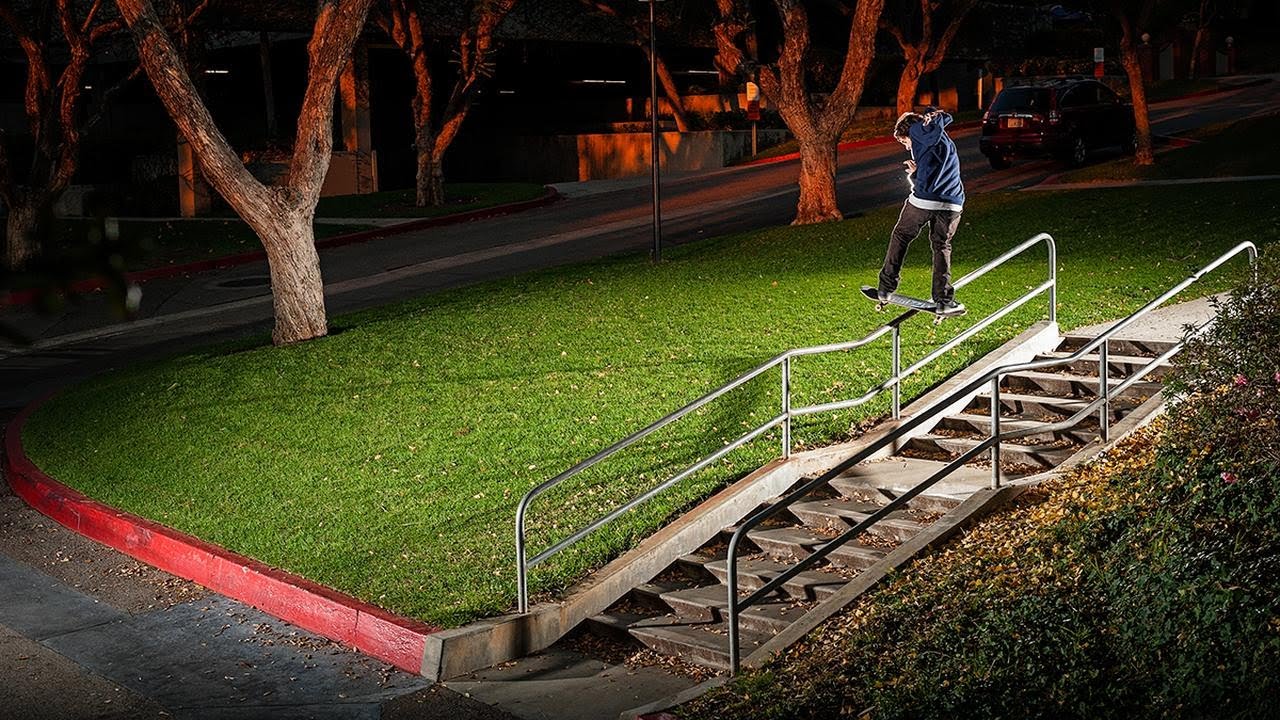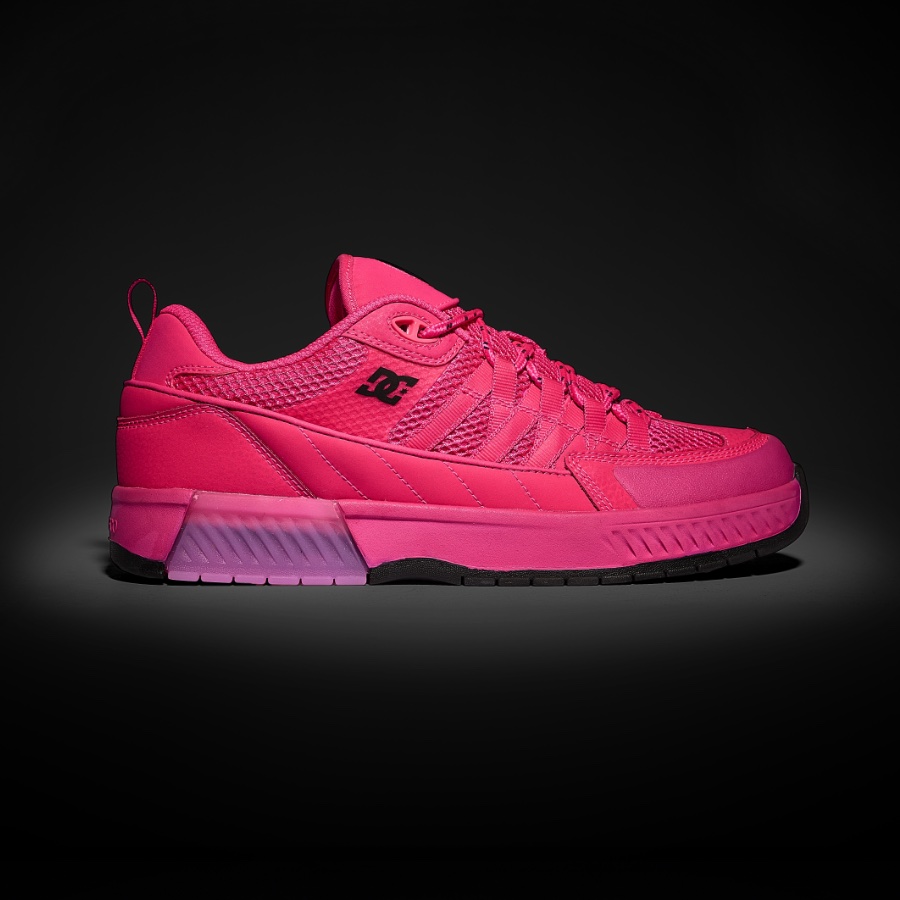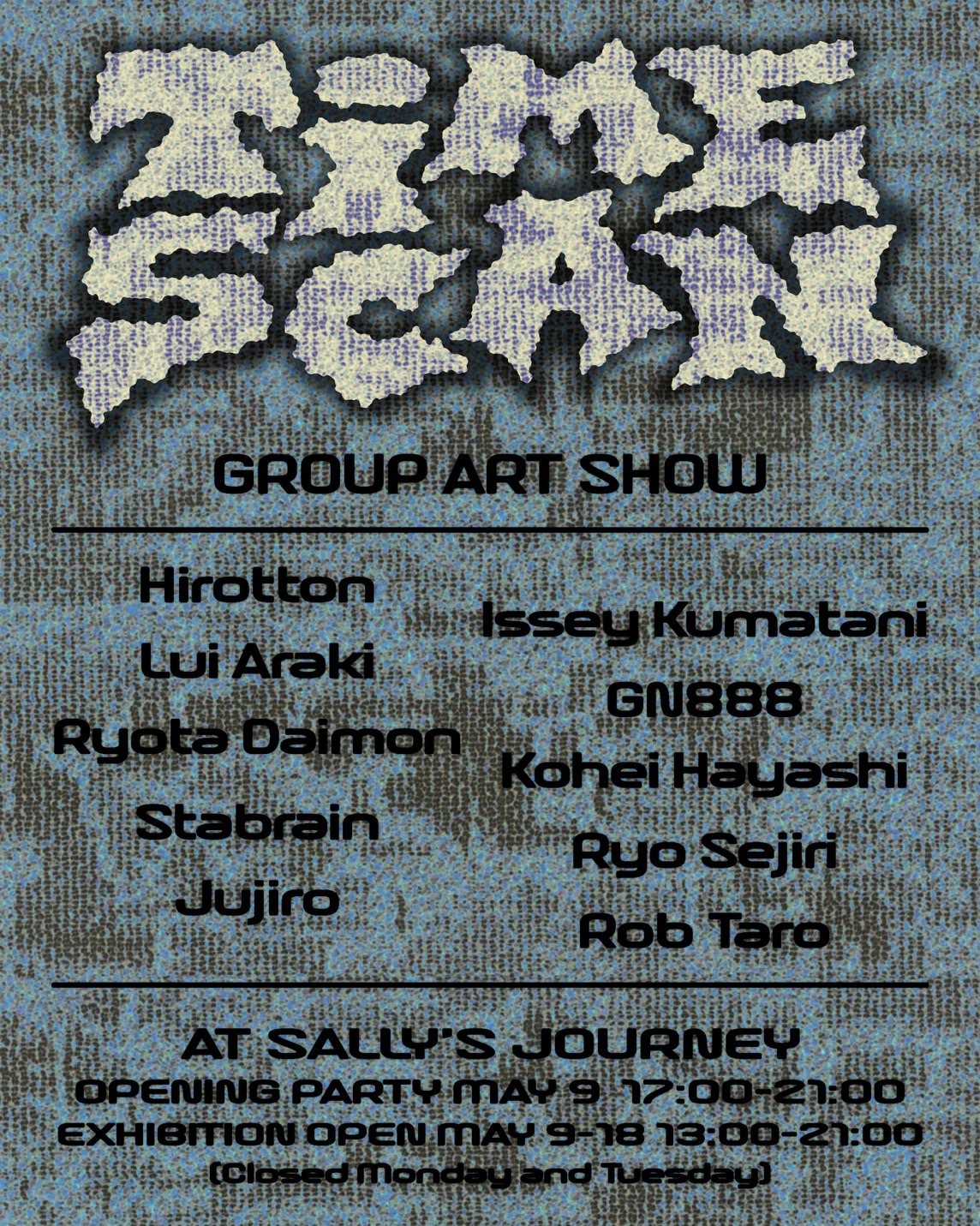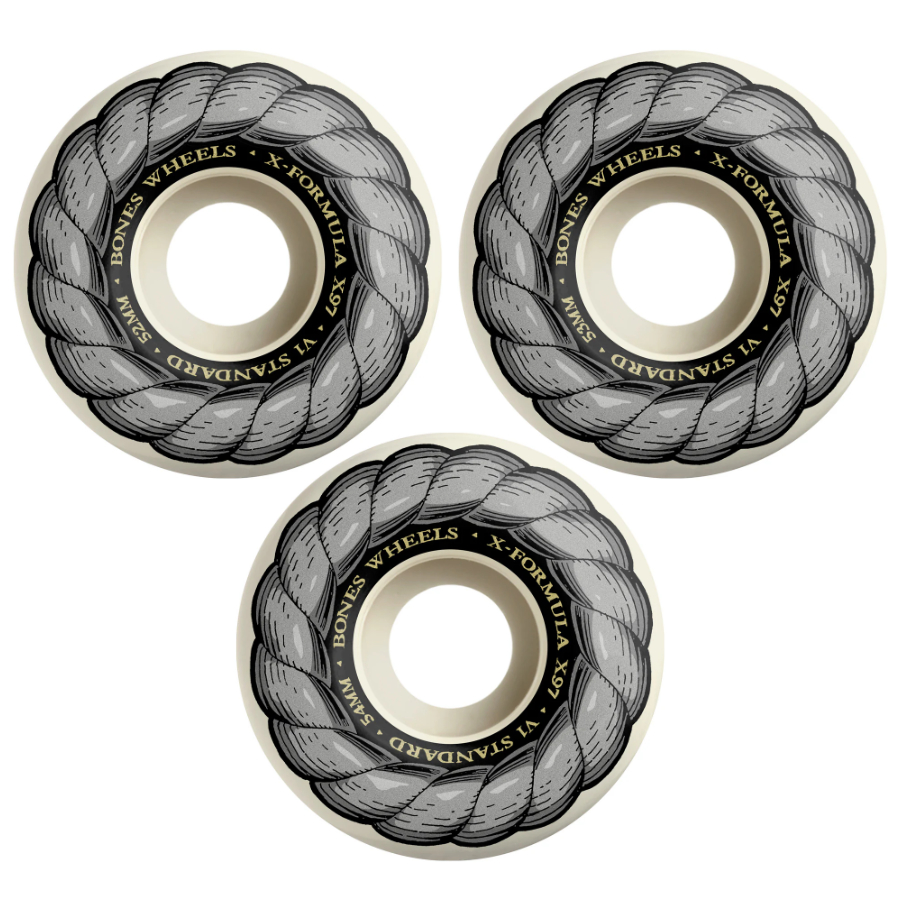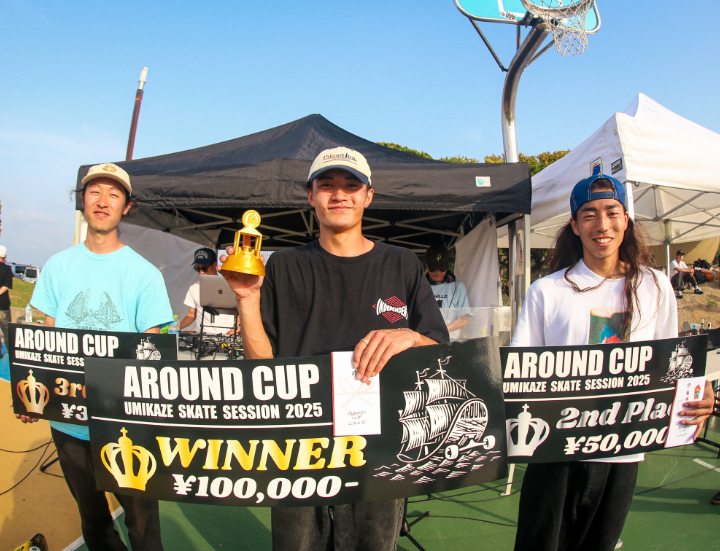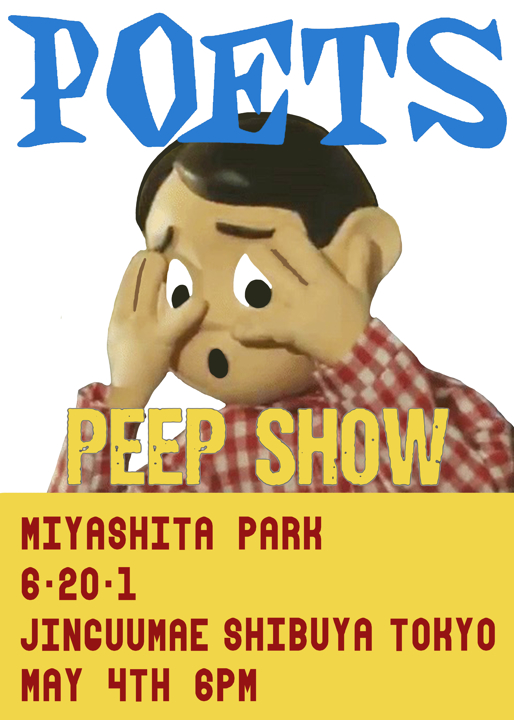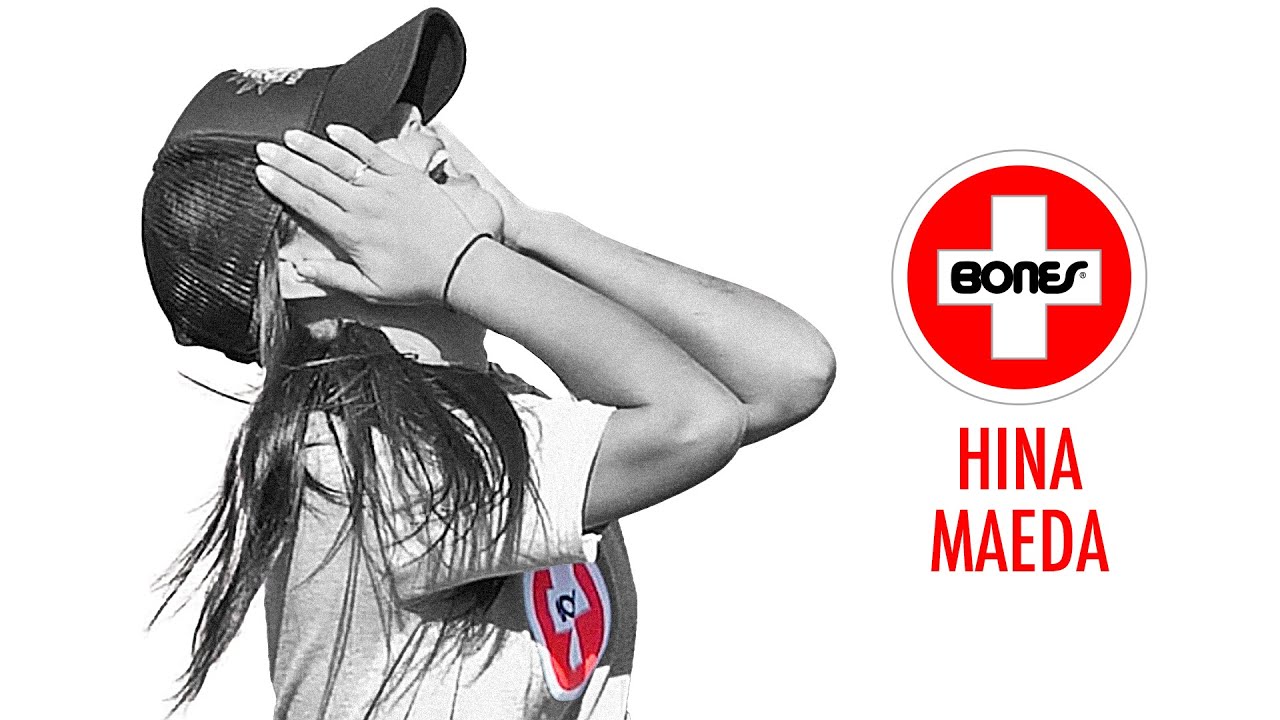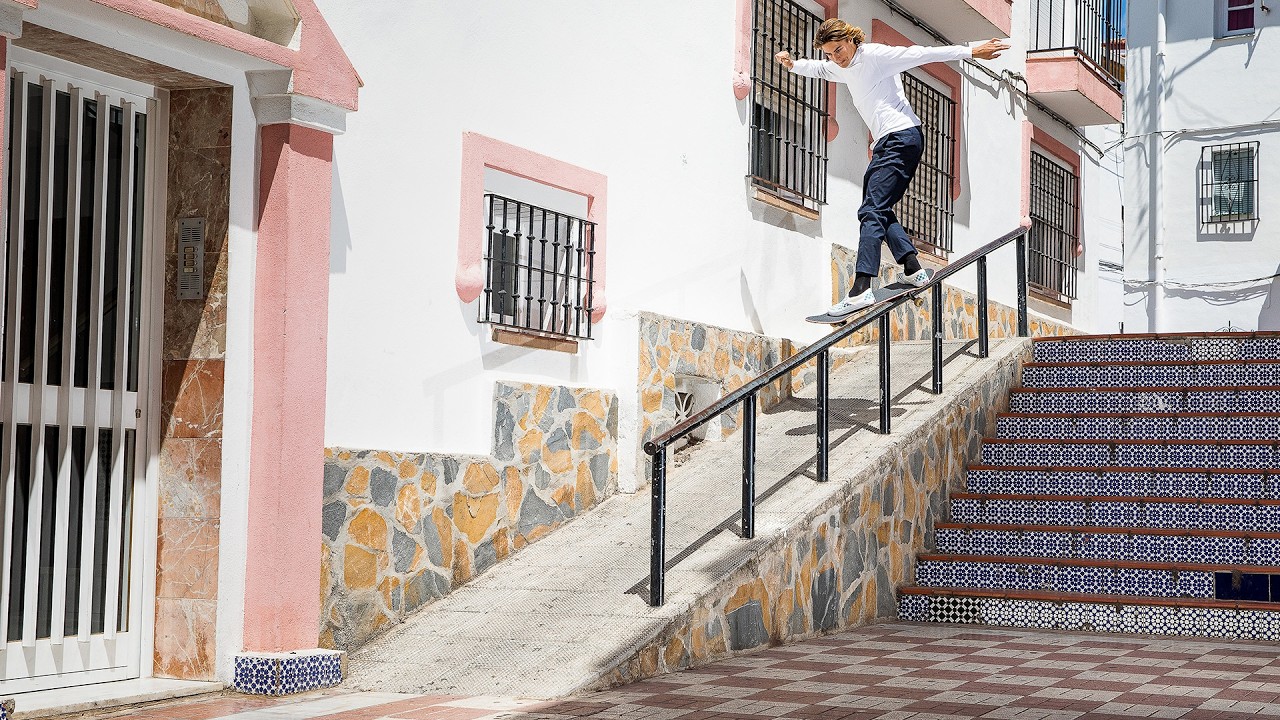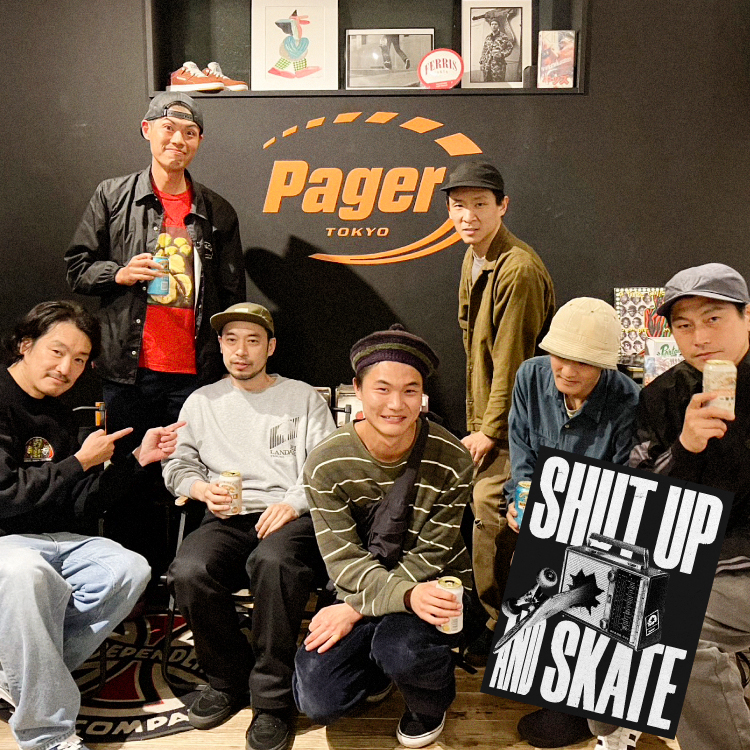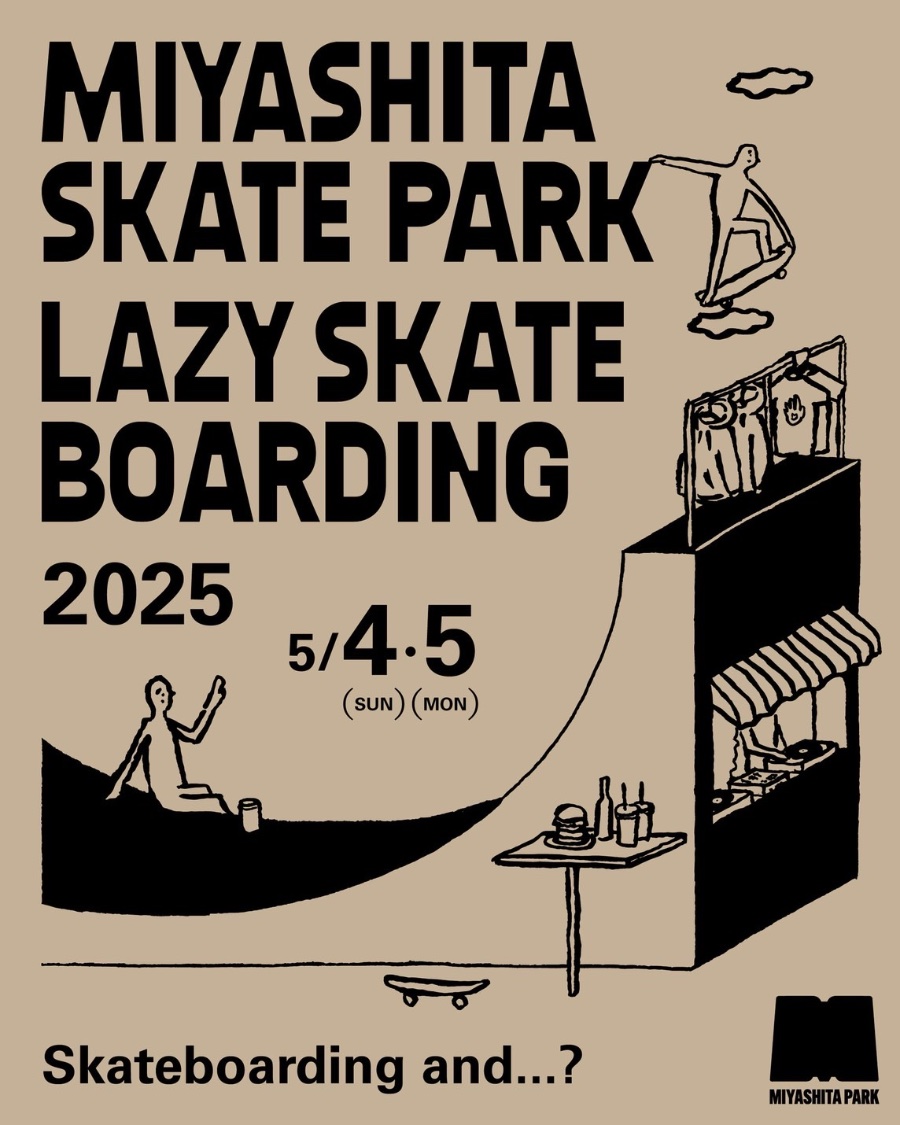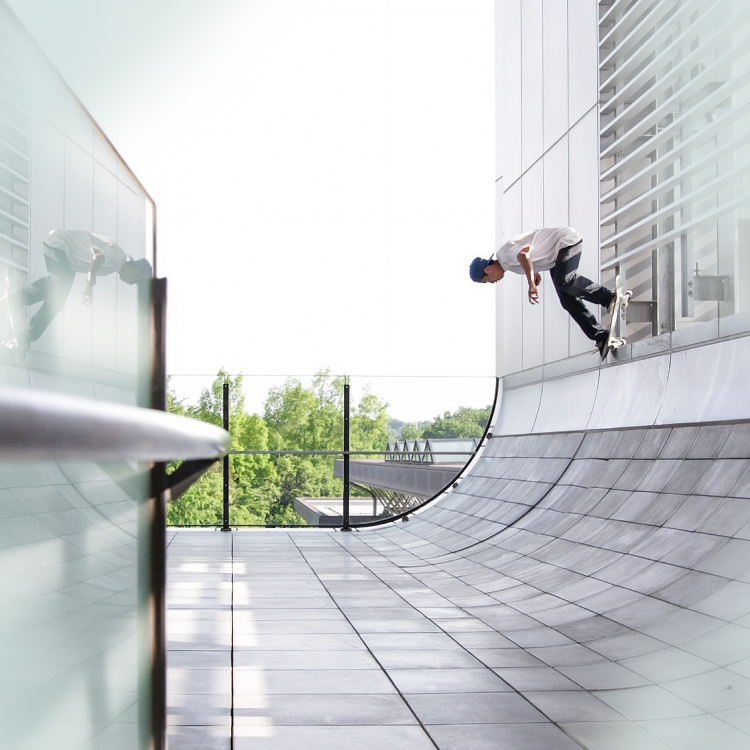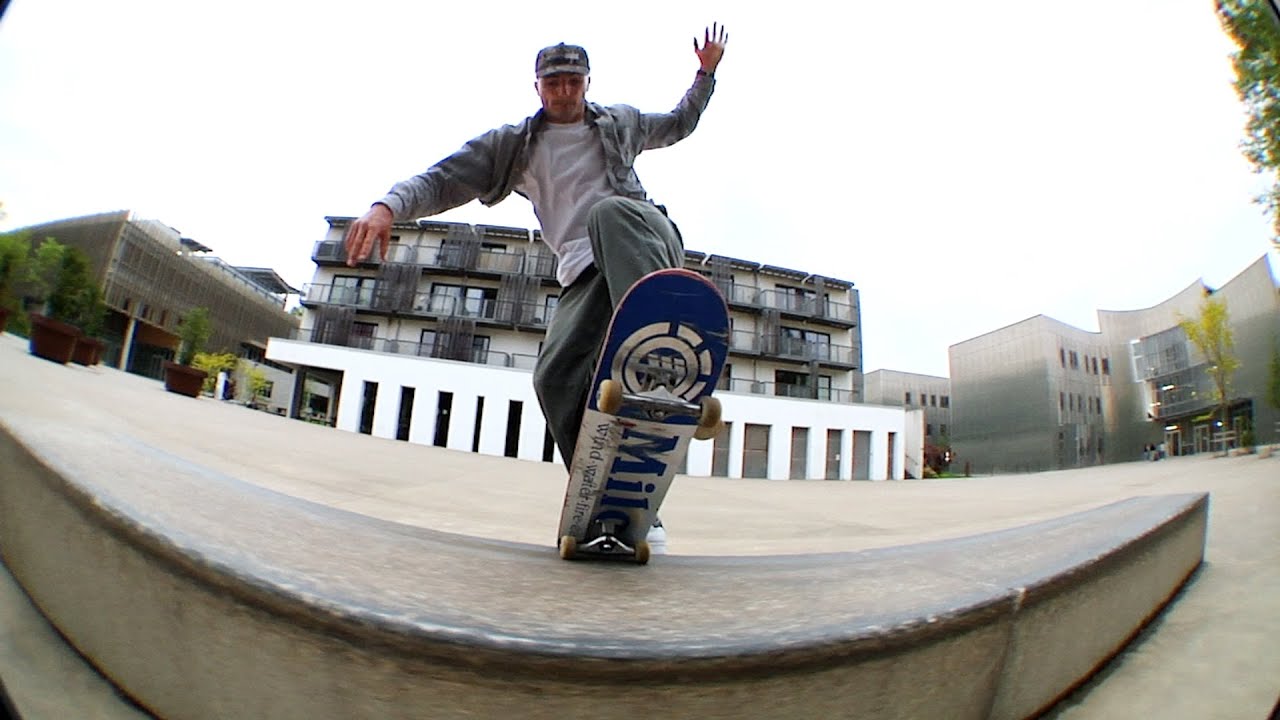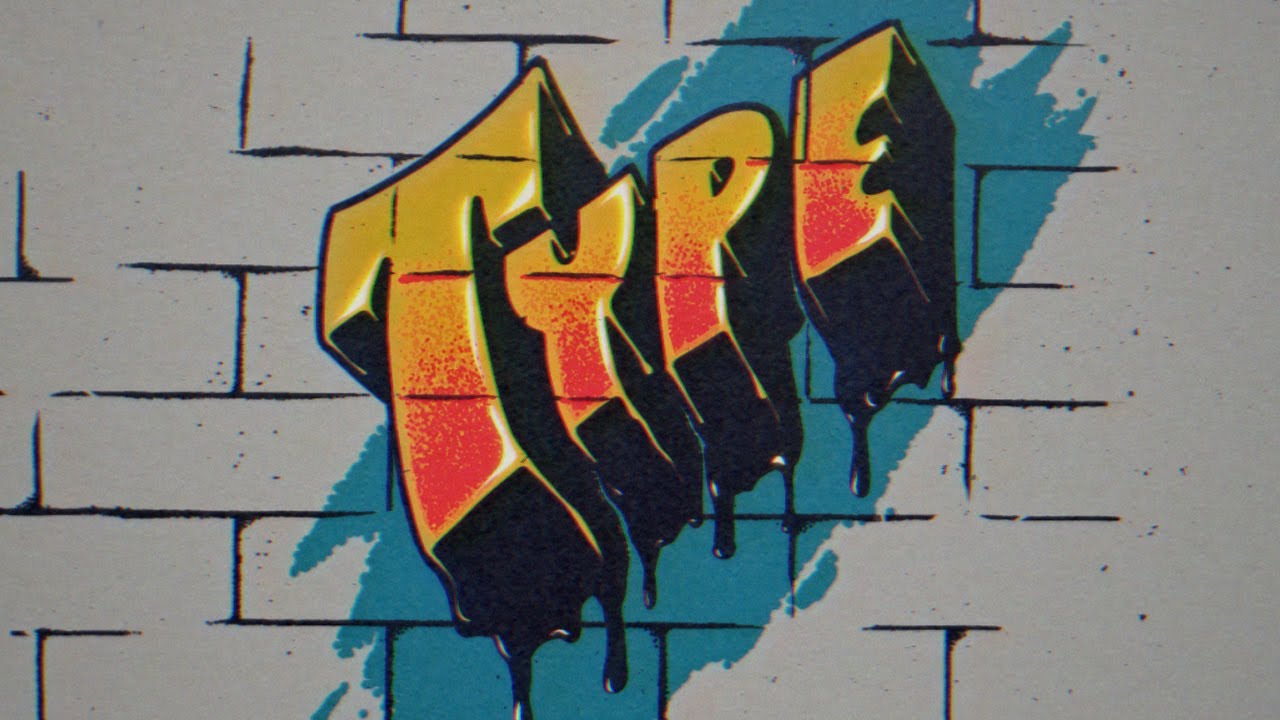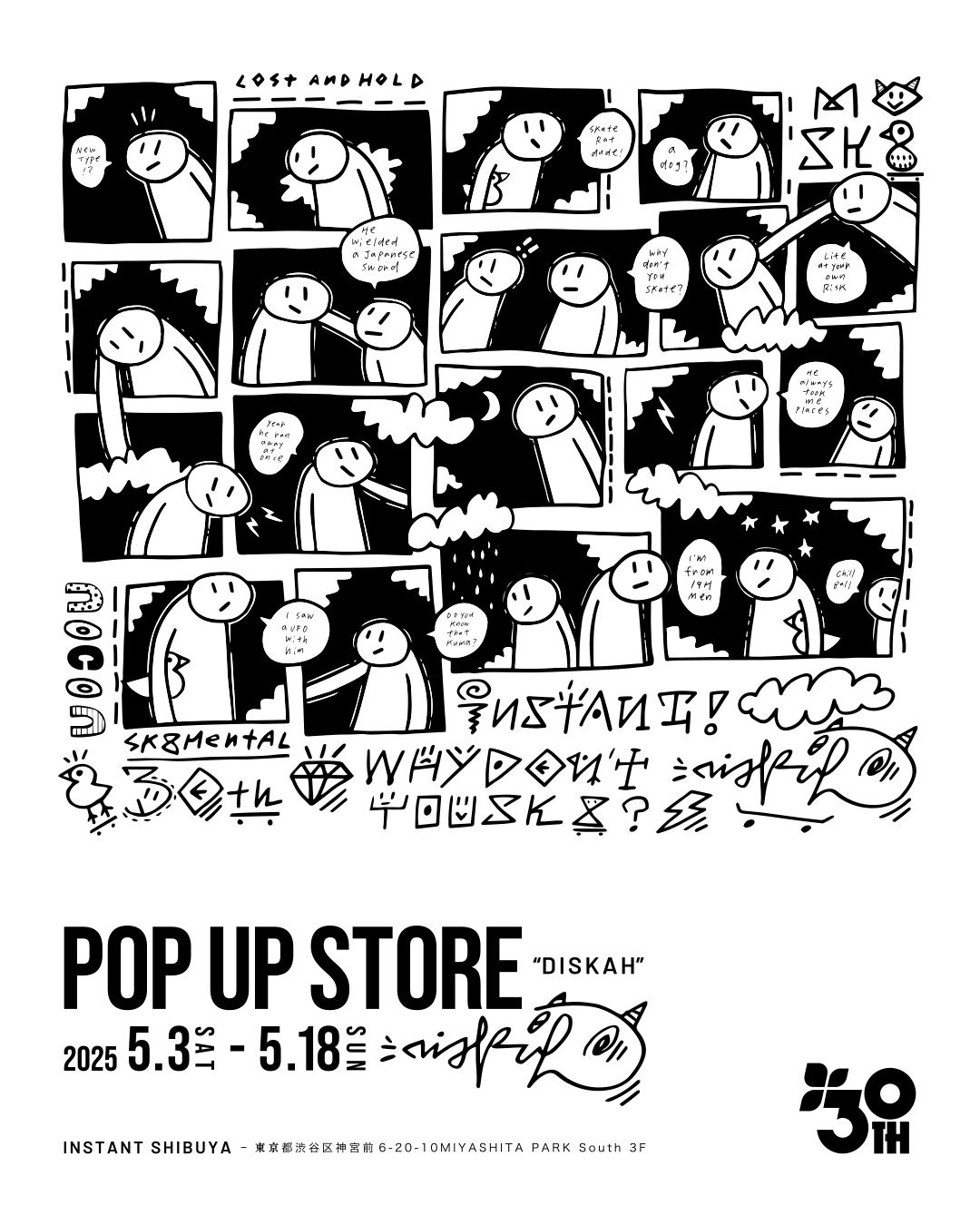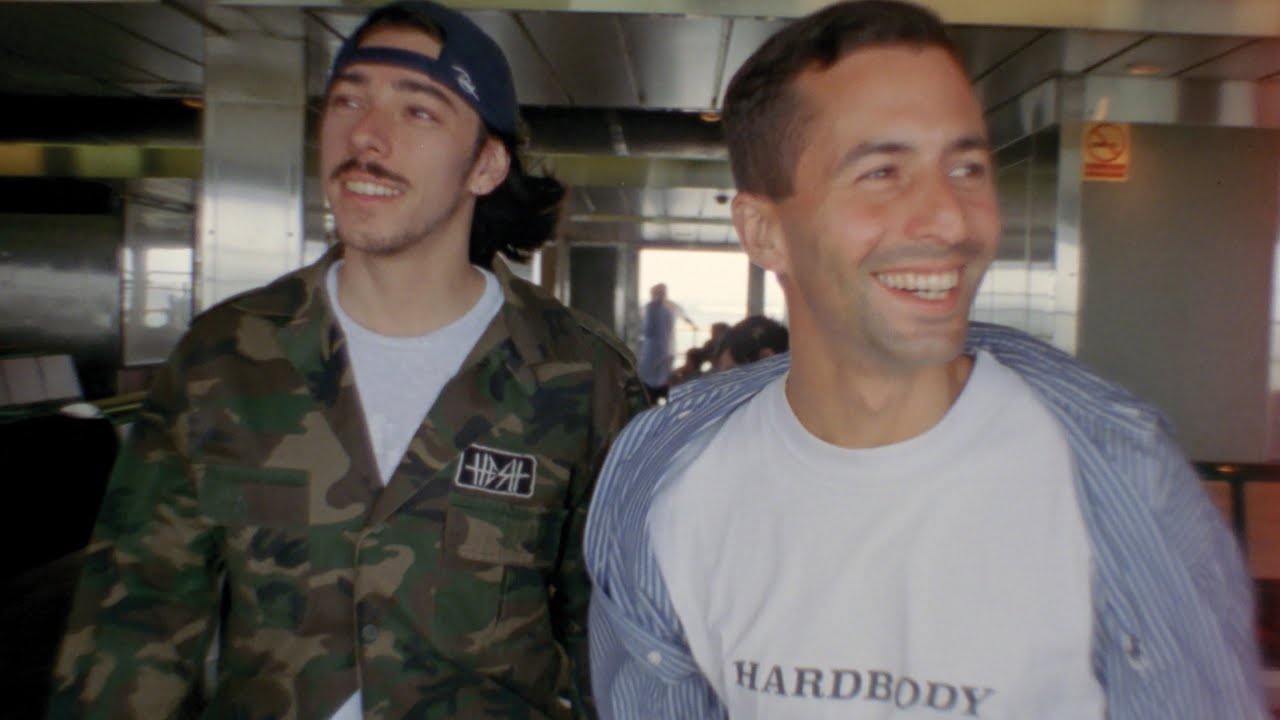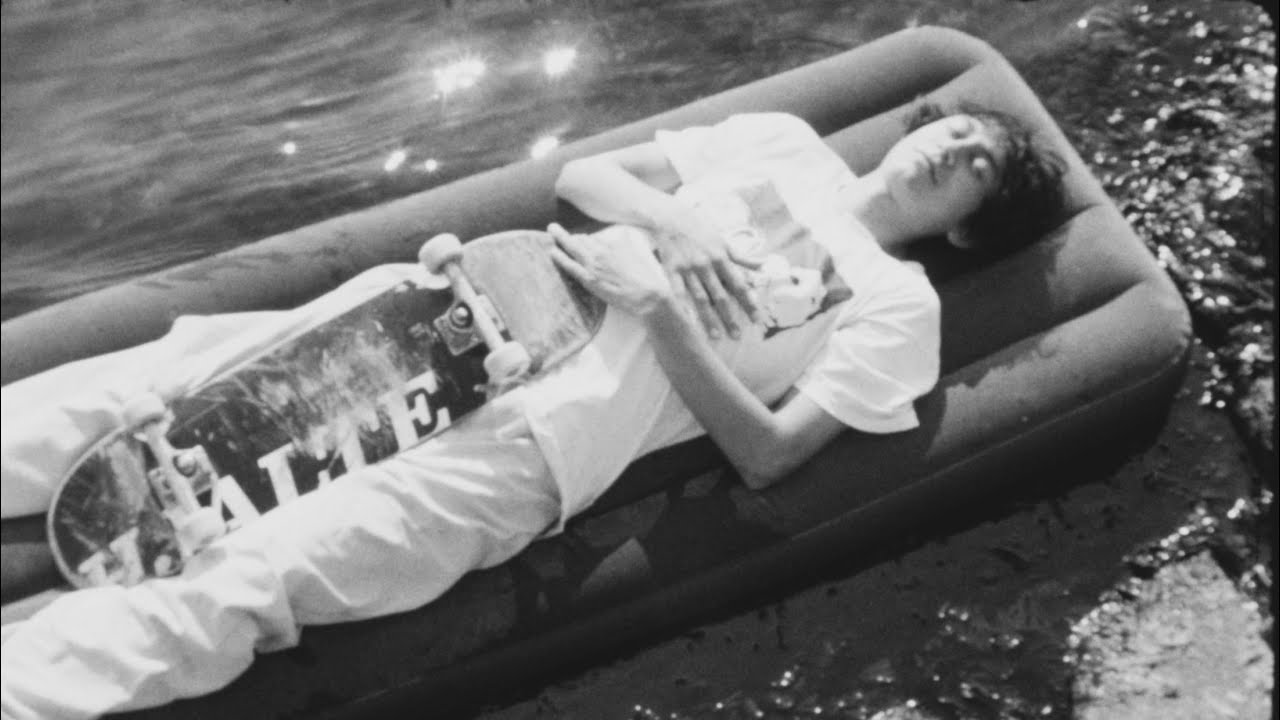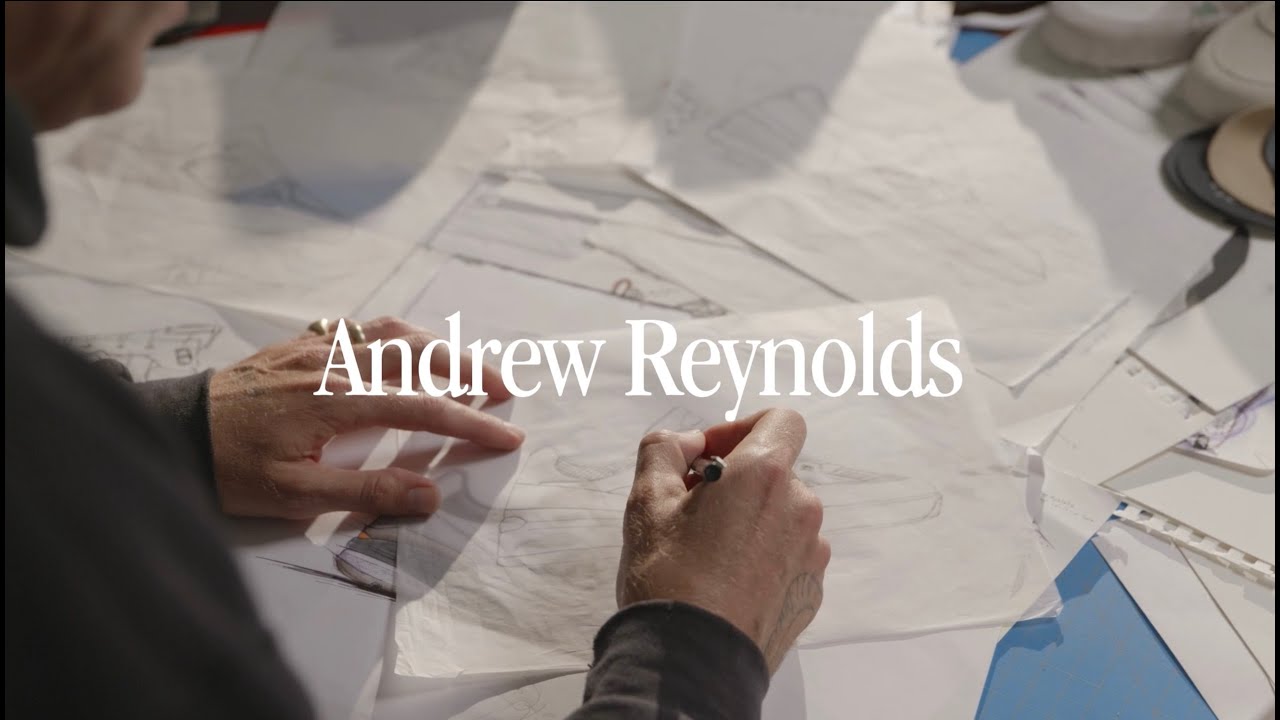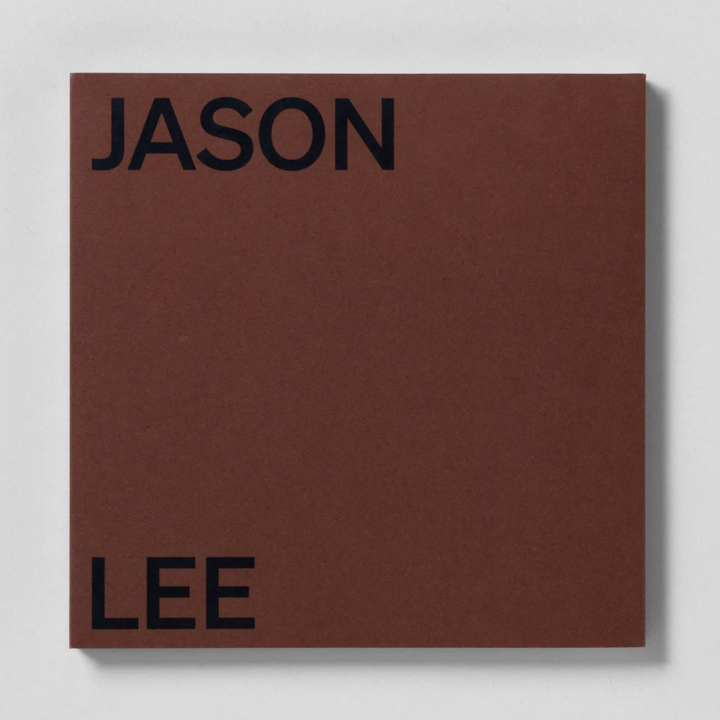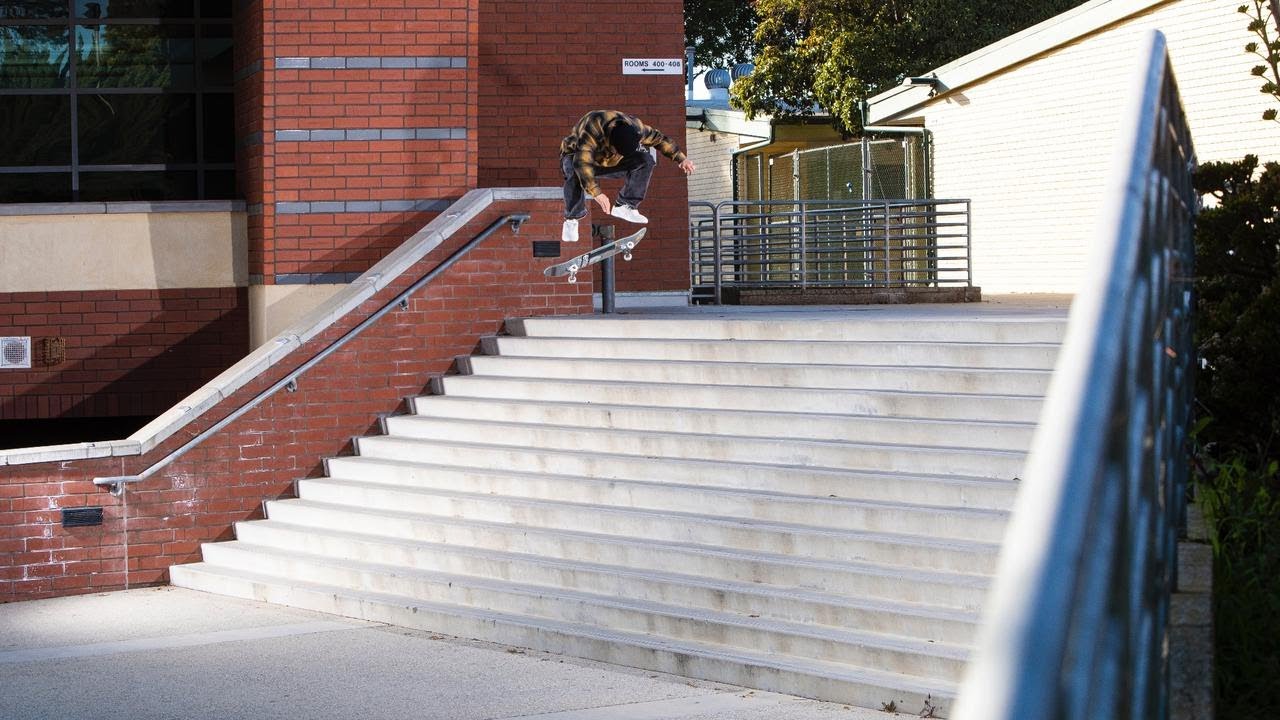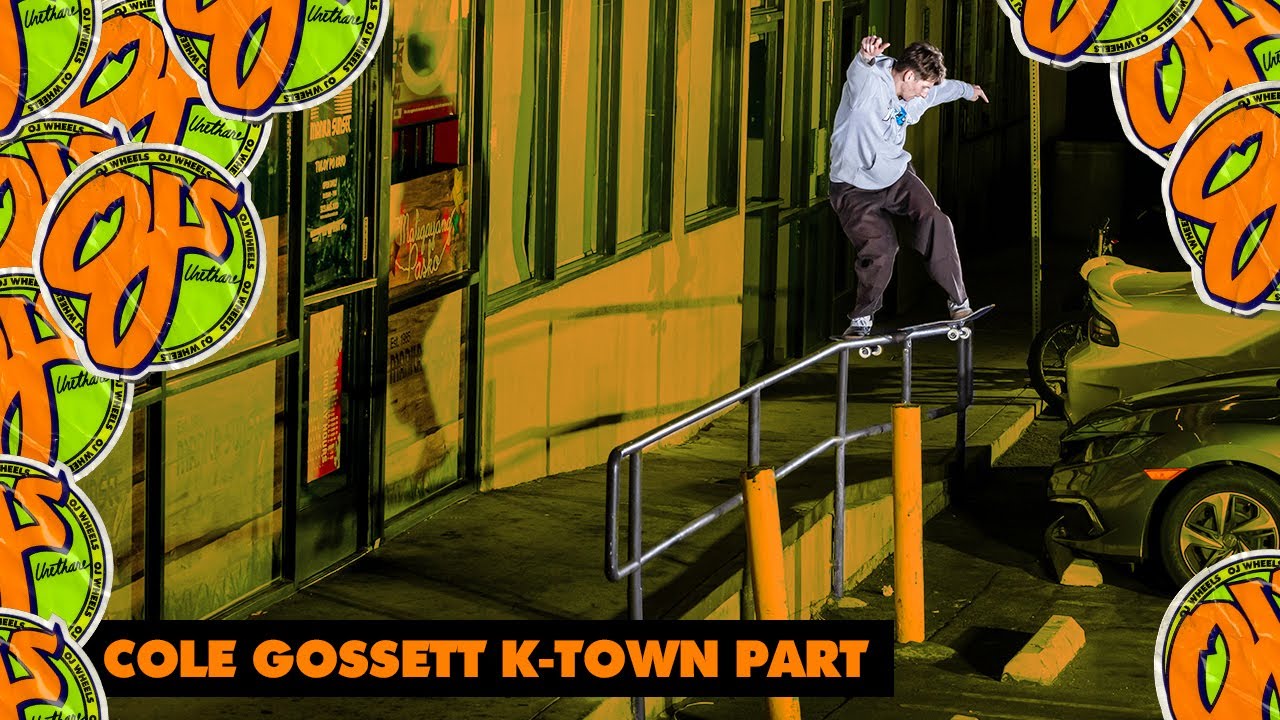Global perspective you obtained through overcoming language barrier, whether you utilize it or not is up to you.
It was worth the mental breakdown. This part will take him to the next stage.
──KENTO TAKAHASHI (ENGLISH)
Video_Resunce / Photo_Junpei Ishikawa
[JAPANESE / ENGLISH]
VHSMAG (V): How was your childhood like? Do you have any sibling?
Kento Takahashi (K): I have two brothers and I'm the youngest. They're seven and eight years older so we never fought or anything like that. They taught me all the bad things you should learn when you're young.
V: How did you start skating?
K: Both my brothers were surfing, so they'd take me surfing when I was in the second grade. This was before I started skating. It was just that we lived near Chiba station and it took more than an hour to get to the beach so it got too much for me... My oldest brother had a skateboard and I started playing around with it and got hooked. From there it was all about skating.
V: You started skating pretty young, huh?
K: I started learning tricks after I got in junior high school though. There was this DC commercial on TV. I remember Josh Kalis, Rob Dyrdek and Stevie Williams were in it. I was blown away by Kalis' 360 flip. He was saying, "Put your mind to it, you can do anything you want." I got super influenced by that and got deeply into skating.
V: What was the first skate video you watched?
K: TWS i.e. video. There used to be older skaters in the late 20s at a park in the back of a super market and they had a DIY box and stuff. I started skating together with them. I didn't know anything about skating back then. Then they showed me the i.e. video. I also watched 411VM with Element's Australia tour. Colt Cannon and Tosh Townend was in it. The first video I bought was 411VM's Around the World II. I thought it was a skate video so I asked my mom to buy it. I came back home all excited and found out that there's only like 30% skating... It's a tour video so 70% of the video, people were just talking (laughs). But you know, there are these precious skatings in it. Stefan Janoski, Kenny Reed, Jake Rupp... I couldn't really understand but I'd watch their skating over and over again. You know, the type of skaters who wear brown pants... kind of like Stereo-ish... not tech or hesh, right in between and stylish... I think I started to admiring those kinds of skaters from there.
V: I can see that in you today. Who was your first sponsor?
K: I got hooked up with IN4MATION when I was living in Hawaii.
V: When did you move to Hawaii?
K: Right after I graduated high school. I was going to private school and they had college in Hawaii so I decided to go there. I went there to study English but I just wanted to live overseas and skate. It was a two-year college and I stayed another year so I was there for total of three years.
V: You learned how to speak English in that three years?
K: Yeah, I started studying English when I moved to Hawaii. Before that I would travel overseas with my family and my parents would make me do stuff on my own. Basically none of my family members helped me. I had to do whatever I had to by myself. My mom speaks four languages. She was born and raised in Japan but she has Korean background. So she speaks Japanese, Korean, and also English and French which she studied. She uses Japanese, Korean and English for her freelance work. She has that experience, so I think she wanted me to learn how to take care of myself whenever I was in a different country. If you get spoiled, you won't be able to do anything by yourself.
V: Do you also speak Korean?
K: No, not me. Just Japanese and English. When I first started living in Hawaii, I had to communicate with just connecting random words and body language. After school, I would skate my ass off at Aala Park and meet people like Shota Kubo, and guys from Treevision and APB. I started making friends and they'd take me around. I couldn't speak English so I had no idea what they were saying but I just tagged along. You don't need words when you're skating. I'd hang out and skate together all the time. I had no choice but to speak in English so it was good.
V: That's the best way to learn new language.
K: 80% of the students at the college were Japanese. Some floors in one of the school buildings was a dormitory and Japanese students were living there. So they'd live and study in the building. I was lucky to go out and spend time with all the local guys. If I wasn't skating, I would've hung out with only Japanese people and go to Ala Moana Beach and go shopping in Waikiki... Just like how you'd live in Japan, just spending time speaking Japanese.
V: So you got accepted by the local skate community and got hooked up with IN4MATION. How did that happen?
K: One of the guys who was skating at Aala Park was from IN4MATION. He asked me if I was sponsored and I told him no, then he asked me to come by at the store. The owner and staff were all there and let me take anything I wanted. I had no idea what was going on but that's how I got hooked up. I went back home and started to sink in... like, "I got sponsored!"
V: Anything you learned in Hawaii?
K: That you have to protect yourself. In Japan, everything is good if you call the police, but in Hawaii police might not even come. You might not be able to tell them exactly where you are. You need to take care of yourself in America so I guess I learned about survival skill. Chinatown where Aala Park is located, it's pretty sketchy. Drug addicts and needles on the ground. Japanese people are easy target in that kind of place. I went skating there for three years and it changed my perspective.
V: What happened after you came back to Japan?
K: I knew Keita Ikenoue and Hirotaka Akaguma so I was skating a lot with SITAMACHI FILM crew. They recommended me to instant skateshop and I got hooked up.
V: How did you join Lesque?
K: There was a contest called Shiohama Jam held by instant. Shota Yamazaki, Masataka Yamashiro and Itoshin were there from Lesque. I won the contest and Itoshin and them were super drunk and asked me to ride for there brand. They had watched my sponsor me video that I made while I was living in Hawaii too. They were drunk so I didn't take them seriously. I was flowed Roger boards at the time so I didn't take their offer. The next week or so, there was another contest and Itoshin was there as one of the judges. I got second or third place and he brought up the conversation again and I finally realized that he was serious. That's how I decided to join the team.
V: You had VHSMAG's Pick Up part in 2012. Were you already on Lesque?
K: Yeah, I was already on. There was a lot of trips back then and always filming randomly. Then a talk of full length video came up. We had like 11 people on the team. We had a big team and everyone had their own style.
V: And QUE was released on 4/20 2015. So this new part is the first one in four years. What's the difference you feel when you compare the two?
K: When I was filming for QUE, I wasn't really giving thought for what to film. I wasn't thinking about the structure. I was just thinking about the tricks I wasted to do. I was on a lot of trips so I didn't have to find spots. I was brought to spots and just figured out what I could do.
V: Things change in four years.
K: I have bills to pay and need to save money now. At my age I have to think about marriage too. I went freelance four years ago so I was busy than ever. The situation changed but for this part I tried to really think about spots and trick selection. I was exchanging spot photos with Lesque's filmer Ma and tried to come up with ideas together.
V: You had premiere of this part at RVCA's World Tour event. Andrew Reynolds and Curren Caples... a lot of heavy hitters were there. How did that feel?
K: Super nervous (laughs). I knew Curren and the other guys but we had the Boss and Spanky... I was looking up to these guys when I was young. They didn't know that we were having the premiere and they were like, "You have a part?" Reynolds and all the guys were sitting next to me watching... It was like hell. I was tagging along the trip so I'd meet them again in the morning and they'd tell me like, "That trick was good, I liked it," or something like that. I know they were probably just saying it but I was flattered. I got to know Spanky better too. Reynolds was like a good dad. When you're skating you only talk about skating but I got to talk about family and stuff like that with them. I was really glad that I studied English in Hawaii.
V: It's rad that you got to connect with them like that.
K: It was nice to talk about that kind of stuff over a drink but both Reynolds and Spanky doesn't smoke or drink. I used to think drinking and smoking was cool when I was a kid and I had this stereotypical idea that American skaters did all these things. Hanging out with Reynolds and Spanky opened my eyes in a way. I quit smoking and it's been a month now. I'm eating healthier too.
V: I see. You got hurt while you were filming, right?
K: Yeah. I had stress fractured my left inner ankle couple years ago and I did it again right before the big holiday in May. I was skating by myself at a park and couldn't even stand up or walk... My face was all red and got on a taxi... It was awful. I couldn't skate for about four months. I had to film for the part so I was super stressed out.
V: Glad you got back. Which trick are you most stoked on?
K: The last trick for sure. It wasn't even supposed to be in the part.
V: That's right, you didn't have that trick at the premiere. I heard it was a gnarly battle.
K: I had to go back to the spot for a month. Seven times total (laughs). The first day I went, I landed on the board but got stuck and flew down straight to the ground. I hit my head and side super bad. After that, my board went in the water, changed my trucks and didn't feel right, the wind was blowing too strong, got kicked out... I wasn't lucky and also my concentration didn't last... That's how the month passed. That was the worst month of my life. It's really scary to tap the tail. The ground was rough so the board doesn't come up to my feet like it normally does. The fact I hit my head was traumatic and I could't think positively. I still have supporter on my ankle too and it starts to hurt. I almost had a mental breakdown. I'm 30 now and felt so stupid... The last day... the seventh day it took me three hours to make it. When I landed it my head went blank and don't remember anything. It was hell of a battle (laughs).
V: Congratulations, you won the battle. Now the part is done, what's next for you?
K: My current sponsors are RVCA, New Balance Numeric, Lesque and instant. So I'm hoping that I can work on some new projects with RVCA and New Balance Numeric. Give my best to both skating and work, and hoping to live a productive life. That's about it.
Kento Takahashi
@kentojahjah
Date of birth :
March 10, 1989
Blood type :
O
Birthplace :
Chiba
Sponsors :
RVCA, New Balance Numeric, Lesque, instant
